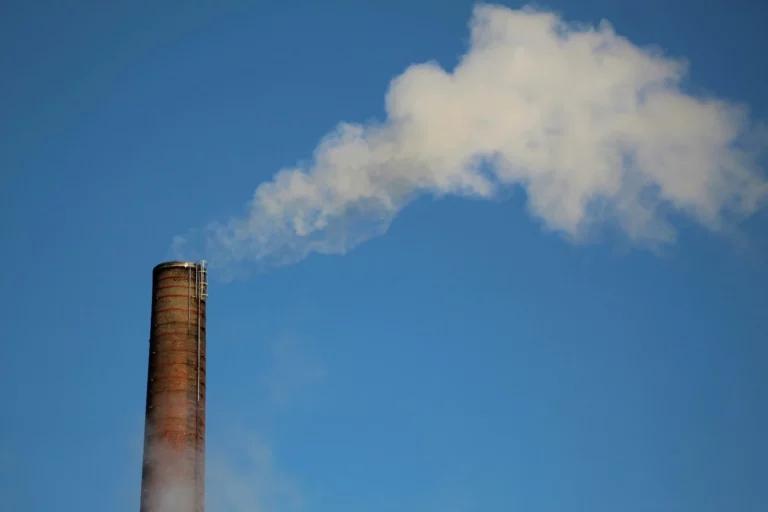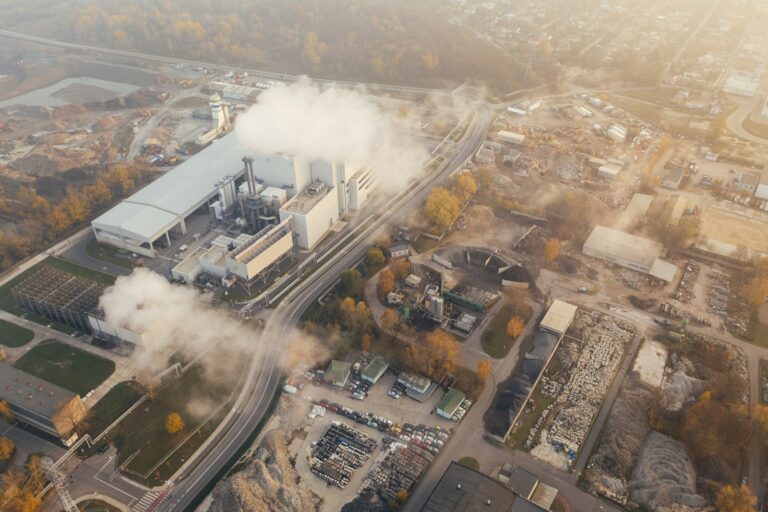CO2 Emissions in 2022

In 2022, the world saw a growth of 0.9% or 321 million tonnes in energy-related CO2 emissions, reaching a new high of over 36.8 billion tonnes. This growth was slower than the rebound of more than 6% in 2021, following two years of exceptional fluctuations in energy use and emissions due to the Covid-19 pandemic.
Emissions from energy combustion increased by 423 million tonnes, while emissions from industrial processes decreased by 102 million tonnes. Despite the global energy crisis leading to gas-to-coal switching in many countries, the growth in emissions was lower than anticipated. This was due to the increased deployment of clean energy technologies such as renewables, electric vehicles, and heat pumps, which helped prevent an additional 550 million tonnes in CO2 emissions. Industrial production curtailment, particularly in China and Europe, also averted additional emissions.
Specific challenges in 2022 contributed to the growth in emissions. Of the 321 million tonnes CO2 increase, 60 million tonnes CO2 can be attributed to cooling and heating demand in extreme weather and another 55 million tonnes CO2 to nuclear power plants being offline.
The growth in CO2 emissions in 2022 was well below the global GDP growth of 3.2%, reverting to a decade-long trend of decoupling emissions and economic growth that was broken by 2021’s sharp rebound in emissions. Improvements in the CO2 intensity of energy use were slightly slower than the past decade’s average.
Emissions from natural gas fell by 1.6% or 118 million tonnes, following continued tightening of supply exacerbated by Russia’s invasion of Ukraine. Reductions in emissions from gas were particularly pronounced in Europe (-13.5%). The Asia Pacific region also saw unprecedented reductions (-1.8%).
Increased emissions from coal more than offset reductions from natural gas. Amid a wave of gas-to-coal switching during the global energy crisis, CO2 emissions from coal grew by 1.6% or 243 million tonnes, far exceeding the last decade’s average growth rate, and reaching a new all-time high of almost 15.5 billion tonnes.
Emissions from oil grew even more than emissions from coal, rising by 2.5% or 268 million tonnes to 11.2 billion tonnes. Around half of the increase came from aviation, as air travel continued to rebound from pandemic lows, nearing 80% of 2019 levels.



